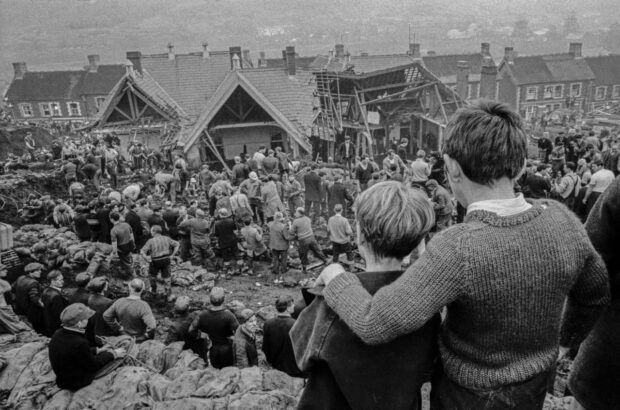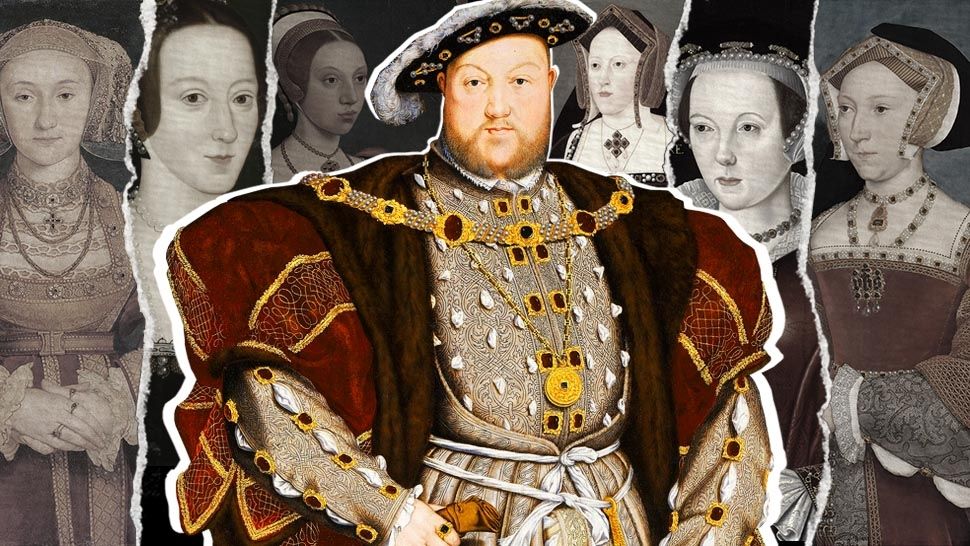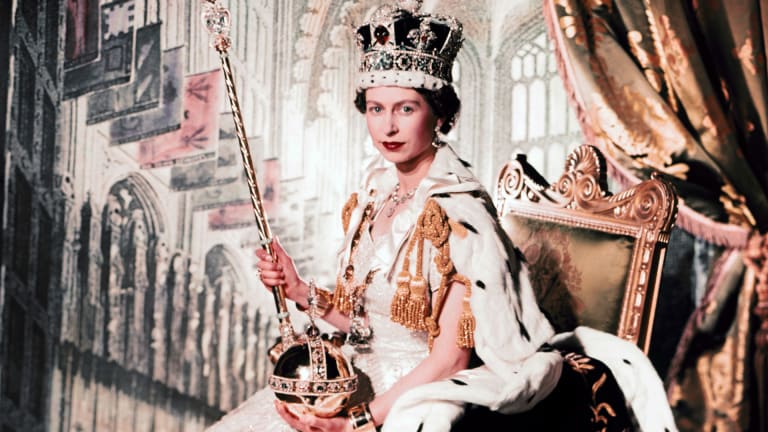Advertisement
The Queen’s Greatest Regret: The Aberfan Mine Disaster:
By tash
Advertisement - Continue reading below
When Queen Elizabeth was informed of the disaster in Aberfan shortly after it occurred, she decided to take an eight-day break from her duties to visit the Welsh community. The Queen was swiftly chastised at the time for her failure to visit the individuals who had been affected immediately.
The avalanche swept down a steep slope in Aberfan, Wales, engulfing everything in its path. When the owner of a local bar, David Evans, heard about it from a neighbor, he dashed onto the street, stating that the place was covered with only the apex of roofs. The cause of the avalanche was coal that had slid down the rain-soaked mountainside, obliterating everything it came into contact with, killing 144 individuals with the majority being school children.
Despite the scale of the disaster, Queen Elizabeth II refused to visit the village causing outrage in the press. She went to Aberfan days after the tragedy to assess the damage and speak with survivors after sending her husband, Prince Philip, in her place for a formal visit.
When the Merthyr Vale Colliery, a coal mine, first opened in the area about a century ago, setting the groundwork for the disaster. During the Industrial Revolution, coal mining in Wales became famous, and at its peak in 1920, the country’s coal pits employed 271,000 people. By the 1960s, coal mining had declined but it remained a source of income for 8,000 miners and their families in the Aberfan area.
Coal mining produces garbage, which is disposed of in a tip, and in the Aberfan mines, there were a total of seven tips. The seventh tip, which had been in operation since 1958, had grown to roughly 111 feet in height and held nearly 300,000 cubic yards of rubbish by 1966. It was perched dangerously on sandstone above a natural spring on the village’s steep hill. The garbage mounds increased as the mining progressed. Residents and local officials complained to the National Coal Board about the position of the seventh tip in 1964. They were particularly concerned because the tip was just above Pantglas Junior School, which had a student population of roughly 240.
Those fears were of course, rational but the National Coal Board chose to ignore them.
On October 21, 1966 – a jet plane-like noise was heard by all the students in the nearby school. Everything in its path was buried by the black quicksand. The slurry smashed the school’s walls and poured in through the windows, destroying the structure. Water began to spill outside the school after pipes ruptured.
Volunteers and emergency personnel rushed up to the school to assist. After review, a panel eventually ruled that the National Coal Board was to blame for the accident.
Advertisement - Continue reading below















